We Are Missing At Least 145 Carbon-Bearing Minerals, and You Can Help Find Them
The Carbon Mineral Challenge is asking rock enthusiasts around the world to hunt for the undiscovered forms of this common element
From the air you breathe to the dirt under your feet, you can’t escape carbon. This element is a key building block of life as we know it, and it can be found throughout the planet in various forms.
Much like plants and animals, scientists believe that carbon-bearing minerals have evolved over time and now occupy distinct niches on Earth. What's more, they think that we are far from discovering them all. So far, we've found 406 carbon-bearing minerals, and around four new types have been identified every year since 2010. But statistical estimates suggest that at least 145 carbon-bearing minerals have yet to be found, and mineralogists are calling for your help scouring the crags, crevices and rock collections of the world to locate these missing minerals.
This worldwide search, dubbed the Carbon Mineral Challenge, started as the brainchild of Robert Hazen, a scientist at the Carnegie Institution and executive director of the Deep Carbon Observatory (DCO). The DCO is an organization “dedicated to understanding the quantities, the forms, the origins and the movements of carbon from crust to core in planet Earth,” Hazen said at a press conference this week announcing the challenge during the fall meeting of the American Geophysical Union.
“A good way to put it is that we’re crowd-sourcing mineralogical research,” adds Daniel Hummer, a post-doctoral researcher at the Carnegie Institution and leader of the Carbon Mineral Challenge.
Carbon is one of the most versatile and abundant elements on Earth’s surface. It can fit into many mineral structures, sticking to sulfur, bonding to boron and meshing with magnesium. What Hazen realized is that, like the diversity of life in a forest, there are lots of different types of rare carbon minerals, while the most abundant minerals belong to just a few types, or species.
“Each rare mineral represents a kind of mineralogical ecological niche,” he says. Based on this realization, Hazen used models similar to those biologists use to estimate biodiversity to predict how many undiscovered minerals still remain. Now the search is on to locate them.
“They could be hiding in any corner of the world right now,” says Hummer.
Though the challenge has identified a few key field sites to examine, the missing minerals are probably hiding in remote localities in minute quantities. They could even be ephemeral, disappearing and reappearing with events like periodic rainfall.
Even more challenging is that the minerals are probably colorless and poorly crystallized or powdery—Hazen's models suggest many of the missing minerals are some form of carbonate, one of the main ingredients in baking soda.
In addition to scouting in the field, the challenge encourages mineral enthusiasts and museum curators to explore their vast collections. "There might be [carbon-bearing] minerals hiding in drawers right now that we have—that we don’t even know we have,” says Hummer.
The grass-roots effort has an advisory board that consists of roughly 25 people from around the world. This board serves as the point of contact for rock and mineral hunters convinced that they have found something special and can assist in the detailed analysis of the samples.
To help you along in your hunt, Hummer has outlined the basic groups of known carbon-bearing minerals:
Carbonates: These minerals can be found all over Earth's surface. They are usually light-colored and many of them fizz if exposed to acid—just like adding lemon juice to baking soda. In general, these minerals are fairly soft and can be easily scratched. They form in oceans, lakes and from fluids moving through the crust that have carbonate material dissolved in them.
Carbides: These are minerals where the carbon is in an unusual negative form in the chemical formula. They are usually dark-colored and tough. But don’t count on finding one of these easily. They are fairly rare and only occur in meteorites, impact sites or rocks from deep within Earth.
Hydrocarbons: This small group of minerals is mostly made up of molecules of carbon and hydrogen. They come in a range of colors and are flammable. They are fairly soft and can dissolve in organic solvents like alcohol but not water. “They form either near coal mines, in carbonate rock near an intrusive igneous body or in hydrothermal deposits sourced by deep fluids,” according to Hummer.
Oxalates: These minerals are soft and brightly colored. “They are all biological in origin, mainly arising from the alteration of the pee or poop of animals, which all mineralogists find extraordinarily amusing,” says Hummer. These form at various depths in the ocean.
Native carbon: This group includes four minerals that are made up almost entirely carbon: diamond, graphite, chaoite and lonsdaleite. The different atomic arrangements for each one gives them unique properties. Clear and shiny, diamond is one of the hardest known substances, while the gray-black graphite is very soft. Lonsdaleite is similar to diamond, but the atoms are arranged slightly differently, and chaoite is a soft, white mineral that is extremely rare. These minerals form in many different environments.
When a mineral is found, it must pass rigorous tests run by the International Mineralogical Association to ensure it is indeed something new. If it passes muster, the finder gets to propose a name—the only rule being you can’t name it after yourself, according to Hummer.
The hunt will continue until September 2019, when the DCO will celebrate the final assemblage of treasures. So keep your eyes on the rocks, and happy mineral hunting!
Learn about this research and more at the Deep Carbon Observatory.
/https://tf-cmsv2-smithsonianmag-media.s3.amazonaws.com/accounts/headshot/Wei-Haas_Maya_Headshot-v2.png)


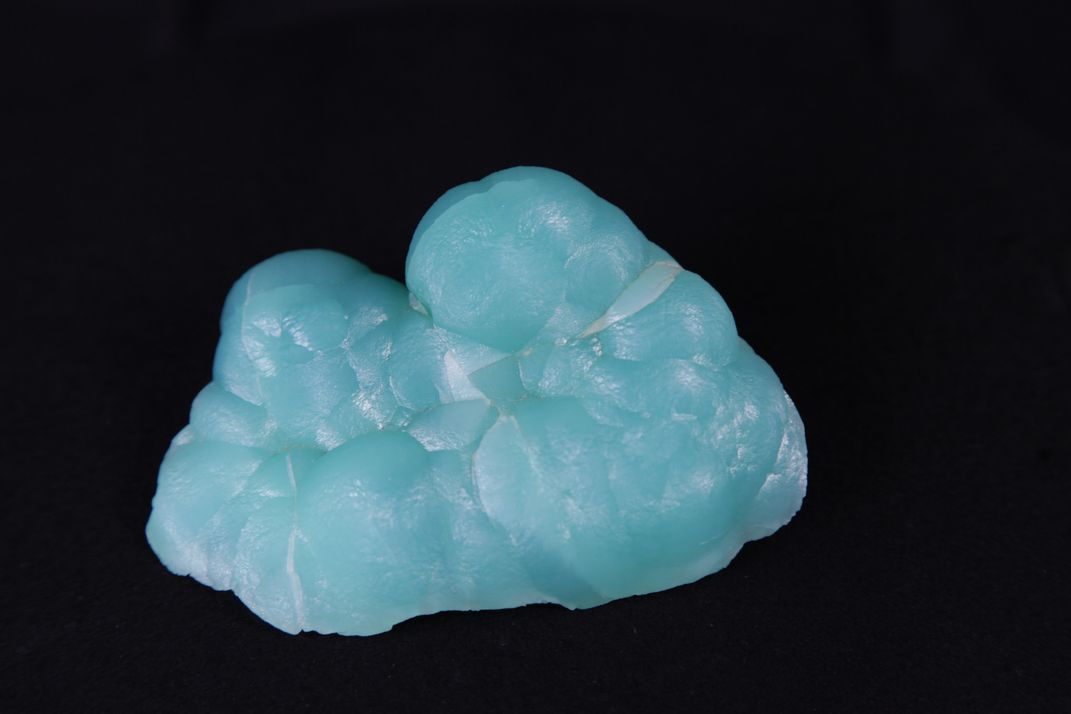
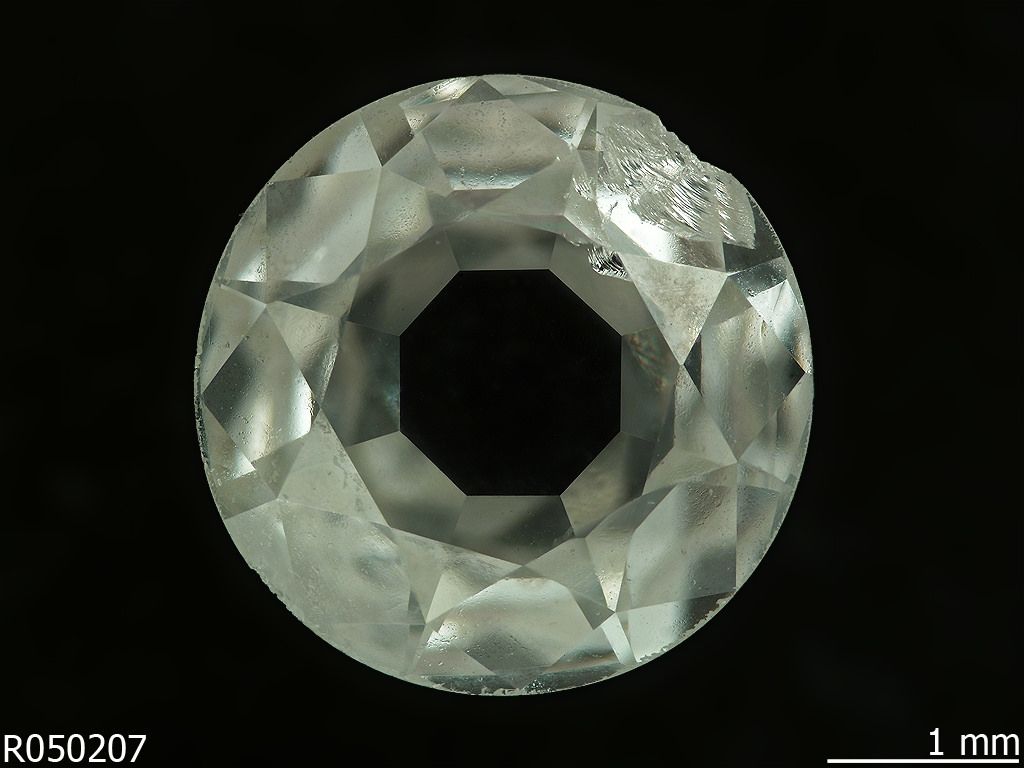
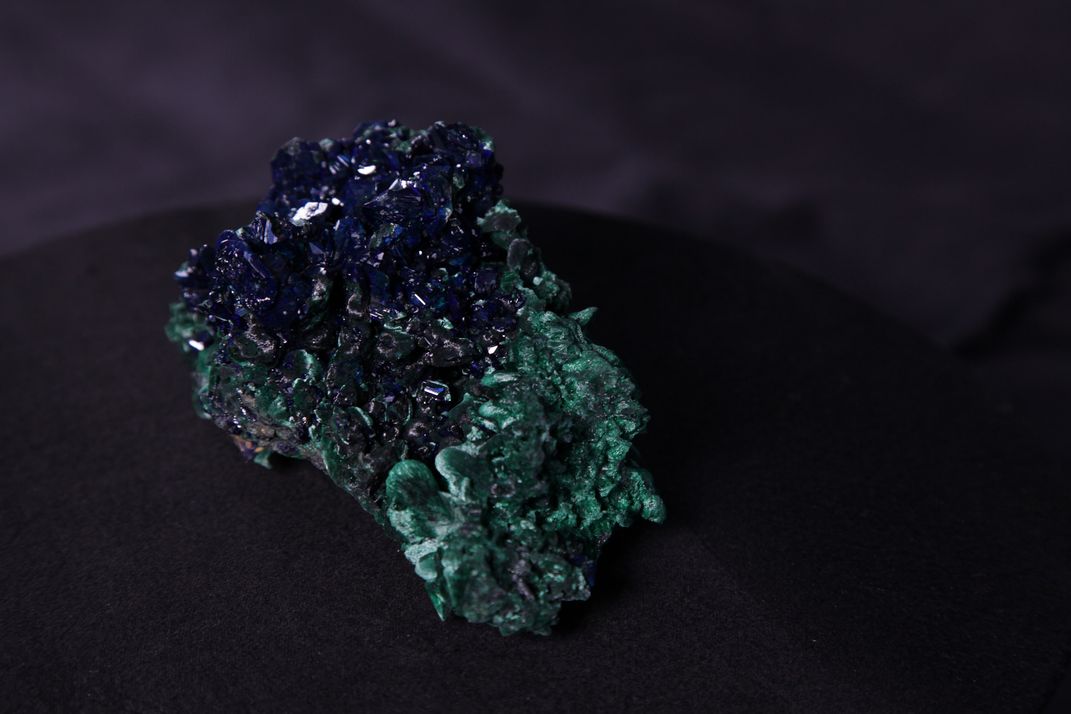

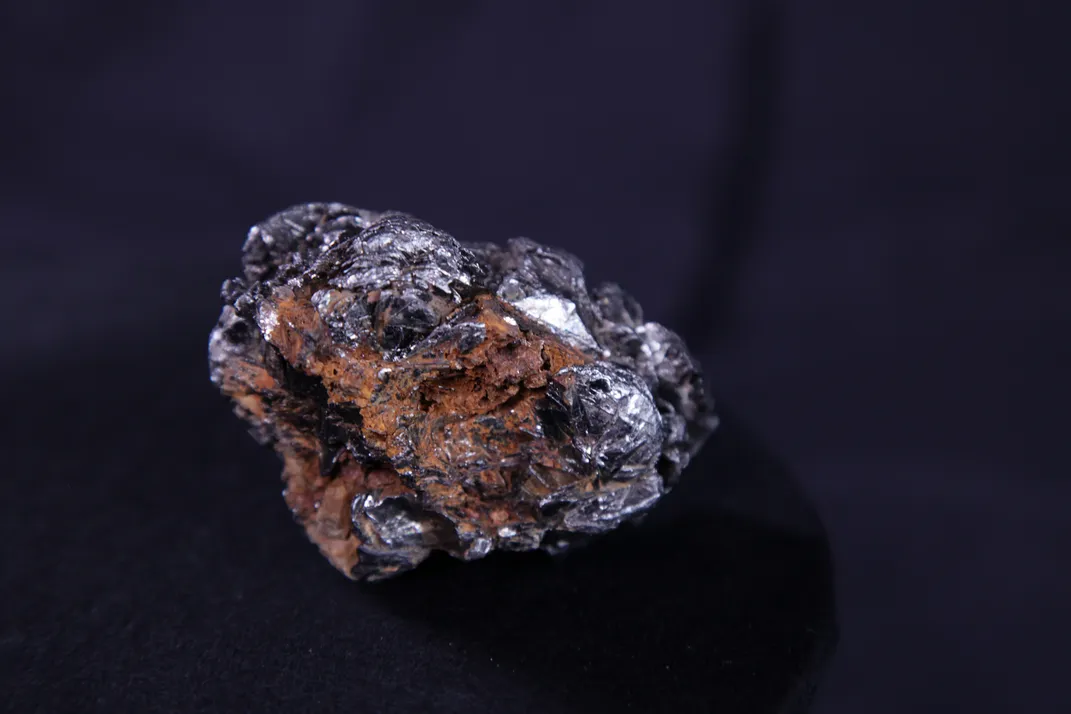
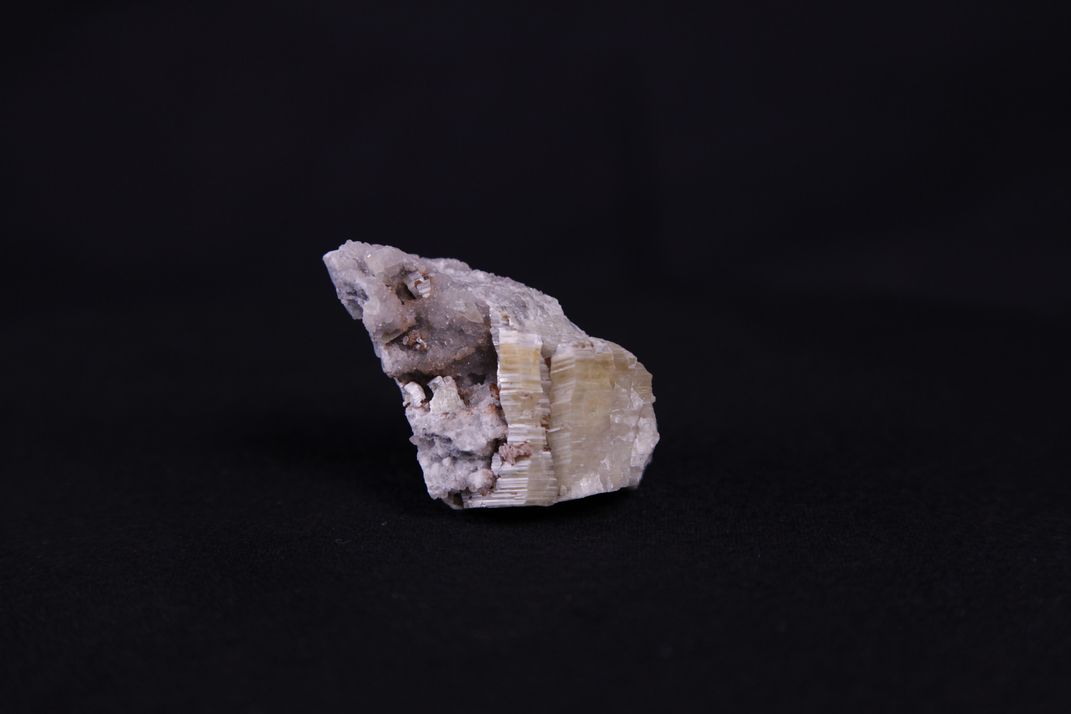
/https://tf-cmsv2-smithsonianmag-media.s3.amazonaws.com/accounts/headshot/Wei-Haas_Maya_Headshot-v2.png)